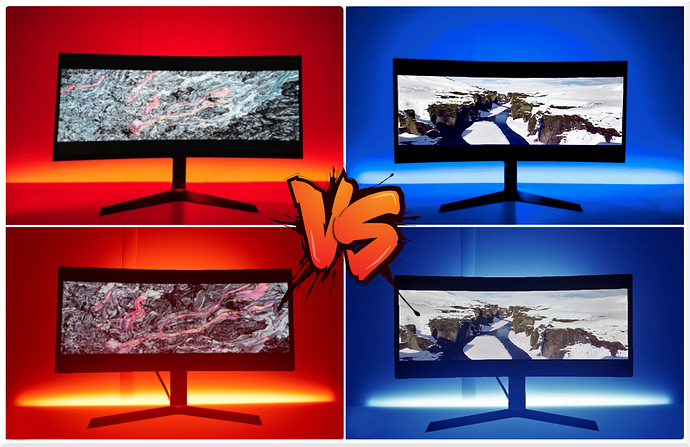I want to share with you our last paper:
Evaluation of the Visual Stimuli on Personal Thermal Comfort Perception in Real and Virtual Environments Using Machine Learning Approaches
Abstract:
Personal Thermal Comfort models consider personal user feedback as a target value. The growing development of integrated “smart” devices following the concept of the Internet of Things and data-processing algorithms based on Machine Learning techniques allows developing promising frameworks to reach the best level of indoor thermal comfort closest to the real needs of users. The article investigates the potential of a new approach aiming at evaluating the effect of visual stimuli on personal thermal comfort perception through a comparison of 25 participants’ feedback exposed to a real scenario in a test cell and the same environment reproduced in Virtual Reality. The users’ biometric data and feedback about their thermal perception along with environmental parameters are collected in a dataset and managed with different Machine Learning techniques. The most suitable algorithm, among those selected, and the influential variables to predict the Personal Thermal Comfort Perception are identified. The Extra Trees classifier emerged as the most useful algorithm in this specific case. In real and virtual scenarios, the most important variables that allow predicting the target value are identified with an average accuracy higher than 0.99.
More details on the researchgate webpage or the editor webpage
In this specific case, Butterfly was used to optimize the optimal flow rate, angle of rotation of the deflector of the Split air conditioning system and the position of the user in the test cell.
